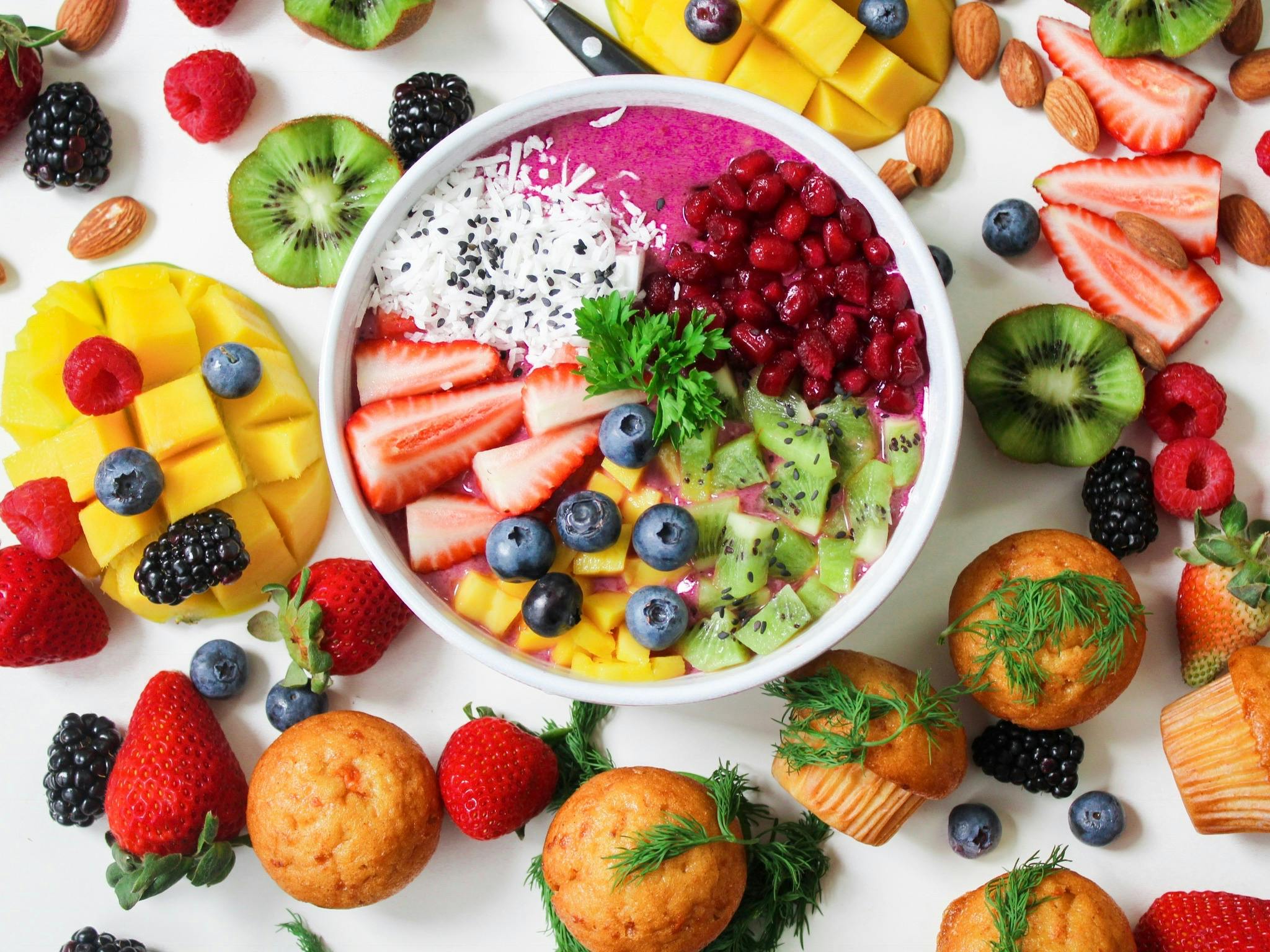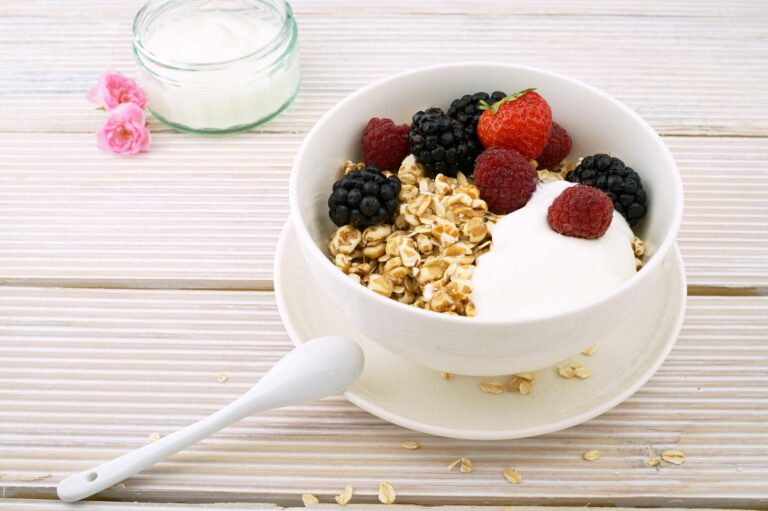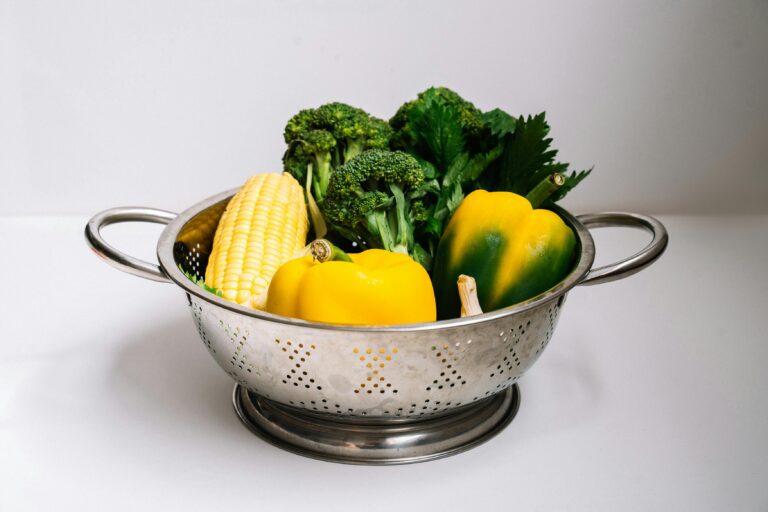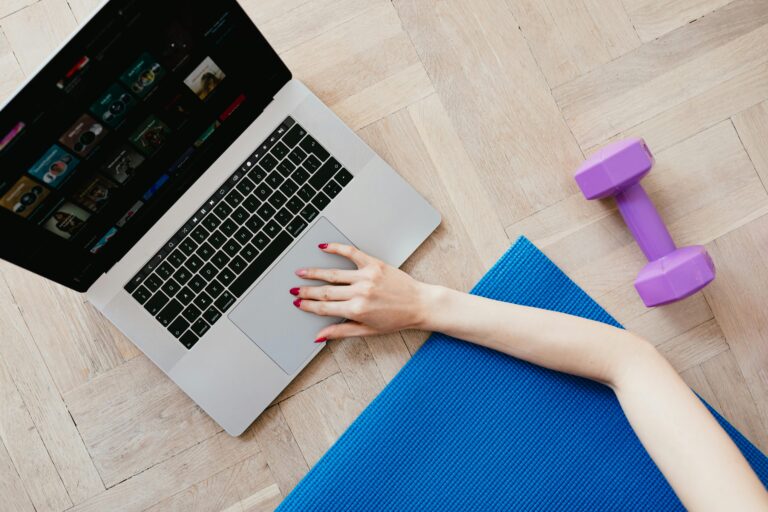Food is more than fuel — it’s culture, comfort, and connection. But in today’s fast-paced world, most of us struggle with food choices. Between endless diets, quick-fix trends, and confusing labels, it can feel impossible to know what’s truly “healthy.”
The truth is, healthy eating doesn’t have to be complicated. With some basic knowledge and simple habits, you can enjoy delicious food while nourishing your body and mind.
This guide breaks down everything you need to know: why food matters, what a balanced diet looks like, common mistakes, and a step-by-step plan to transform the way you eat.
Why Food Matters More Than You Think
Food is not just about calories — it’s information for your body. Every bite you eat influences:
- Energy levels – the right foods keep you active and alert, the wrong ones leave you tired and sluggish.
- Mood – nutrient-rich foods help balance hormones and reduce mood swings.
- Long-term health – good nutrition reduces risk of obesity, diabetes, heart disease, and even some cancers.
- Weight management – food choices directly affect whether you gain, lose, or maintain weight.
In short: Food is medicine, but it can also be poison. The quality of what you eat shapes your quality of life.
The Basics of Nutrition
Healthy eating isn’t about strict rules — it’s about balance. Let’s look at the three main macronutrients:
1. Carbohydrates
- Role: Primary source of energy.
- Good choices: Whole grains (brown rice, oats, quinoa), fruits, vegetables, legumes.
- Limit: Refined carbs (white bread, pastries, sugary snacks).
2. Proteins
- Role: Build and repair muscles, enzymes, and hormones.
- Good choices: Lentils, chickpeas, beans, tofu, tempeh, soy products, Greek yogurt, eggs.
- Tip: Aim for a protein source at every meal to stay full and energized.
3. Fats
- Role: Support hormones, brain health, and nutrient absorption.
- Good choices: Nuts, seeds, avocados, olive oil, flaxseeds.
- Limit: Trans fats (fried foods, packaged snacks).
👉 Bonus: Don’t forget micronutrients (vitamins & minerals) from fruits, veggies, and whole foods. They’re crucial for immunity, skin health, and overall well-being.
Common Food Myths (That Beginners Believe)
- “Carbs make you fat.”
Not true. Excess calories make you fat. Healthy carbs like oats, rice, and fruits are important for energy. - “Fat is bad for you.”
Your body needs fat. What matters is the type of fat. Natural fats are healthy; trans fats are harmful. - “Skipping meals helps you lose weight.”
Skipping often backfires by causing overeating later. Regular, balanced meals are more effective. - “Healthy eating is boring.”
In reality, spices, herbs, and smart cooking methods can make healthy food incredibly delicious.
Common Mistakes in Eating Habits
- Mindless snacking: Eating chips while watching TV adds hundreds of unnoticed calories.
- Liquid calories: Sodas, fancy coffees, and juices can derail progress.
- Overeating “healthy” foods: Even nuts, peanut butter, and protein bars are calorie-dense.
- Relying on processed foods: Packaged “low-fat” or “diet” items often contain hidden sugars.
- Neglecting portion sizes: Too much of anything — even brown rice or smoothies — adds up.
Step-by-Step Beginner’s Plan for Healthy Eating
Here’s a simple, practical approach you can start today:
Step 1: Build Your Plate
Use the “Balanced Plate Method”:
- ½ plate vegetables & fruits (fiber, vitamins, minerals)
- ¼ plate protein (lentils, tofu, beans, yogurt, eggs)
- ¼ plate whole grains (brown rice, oats, quinoa, chapati)
- 1 small serving healthy fats (nuts, olive oil, avocado)
Step 2: Plan Your Meals
- Breakfast: Overnight oats with fruit + nuts.
- Lunch: Brown rice with dal, chickpeas, and veggies.
- Snack: Fruit + handful of nuts or sprouts.
- Dinner: Grilled tofu/soy chunks + salad + chapati.
- Optional evening: Herbal tea or fruit.
Step 3: Hydrate Well
- Aim for 2–3 liters of water daily.
- Replace sodas with sparkling water, infused water, or green tea.
Step 4: Cook at Home More Often
- Home-cooked meals let you control ingredients and portions.
- Use spices (turmeric, cumin, cinnamon, garlic) to add flavor without excess oil or sugar.
Step 5: Practice Mindful Eating
- Eat slowly and without distractions.
- Stop when you’re 80% full.
- Notice flavors and textures — enjoy your food.
Step 6: Allow Flexibility
- Follow the 80/20 rule: 80% whole, healthy foods + 20% treats.
- This prevents guilt and binge eating.
A Week of Beginner-Friendly Healthy Meals (Sample Plan)
Here’s a sample 7-day rotation:
Day 1 – Oats + banana (B), Veggie dal + rice (L), Tofu stir-fry (D)
Day 2 – Poha + sprouts (B), Chickpea salad wrap (L), Quinoa + veggies (D)
Day 3 – Smoothie bowl (B), Rajma + brown rice (L), Grilled paneer + salad (D)
Day 4 – Upma + curd (B), Lentil soup + bread (L), Veggie curry + chapati (D)
Day 5 – Idli + sambhar (B), Buddha bowl (L), Soy chunks + stir-fry (D)
Day 6 – Omelet or tofu scramble (B), Burrito bowl (L), Khichdi + veggies (D)
Day 7 – Paratha + curd (B), Hummus wrap (L), Grilled mushrooms + salad (D)
Long-Term Food Habits for Success
- Shop smart: Fill your cart with whole foods, not ultra-processed ones.
- Batch cook: Prepare meals in advance to avoid ordering junk.
- Read labels: Look for short ingredient lists and avoid hidden sugars.
- Portion control: Use smaller plates and bowls.
- Social eating: Enjoy meals out but make smart swaps (grilled instead of fried, water instead of soda).
Final Thoughts
Healthy eating is not about strict rules or short-term diets. It’s about building sustainable habits that fuel your body, keep you satisfied, and allow flexibility.
If you focus on whole foods, balance, and consistency, you’ll not only look better but also feel better — with more energy, better digestion, and stronger immunity.
So next time you sit down for a meal, remember: Every bite is a chance to nourish yourself.










